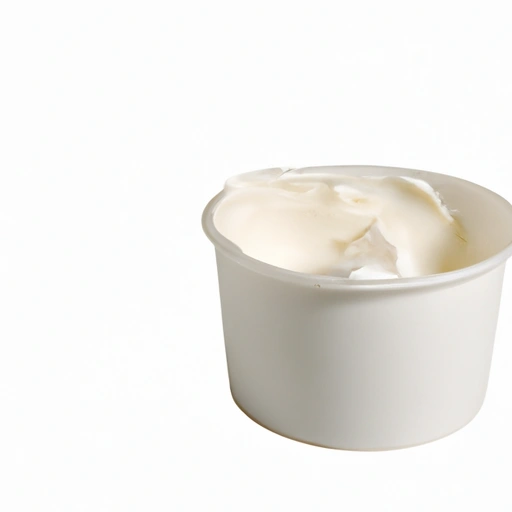Royal Icing
Description

Royal icing is a pure white and fluid paste that hardens into a smooth, hard, matte finish when dried. It is made from powdered sugar (icing sugar), egg whites or meringue powder, and water. Sometimes, lemon juice or other flavorings are added for taste. Royal icing can be adjusted to various consistencies; thinner for flooding the surfaces of cookies, or thicker for detailed piping work. It is widely used for decorating cakes, cookies, and gingerbread houses, offering a palette for intricate designs and decorations.
In terms of measurements, royal icing recipes often require precision. For instance, one might need 4 cups (approx. 480 grams) of powdered sugar, 3 tablespoons (approx. 30 grams) of meringue powder, and 5-6 tablespoons (approx. 75-90 milliliters) of water. It's essential to use the correct units for consistency, whether following a recipe in metric (grams, milliliters) or imperial/American (cups, tablespoons) measurements.
Common uses
Royal icing is commonly used in cake decorating, for creating flowers, piping borders, and writing. It's also the glue that holds gingerbread houses together and is used to flood cookies with a smooth, hard surface that can be further embellished with more detailed piped designs.
Nutritional value
Calories
Typically, one serving of royal icing (about 1 ounce or 28 grams) contains approximately 100-120 calories.
Protein
Royal icing is low in protein, with about 0-1 grams per serving.
Fat
Royal icing contains negligible amounts of fat, usually less than 0.5 grams per serving.
Carbohydrates
As royal icing is primarily made of sugar, it is high in carbohydrates, with around 25-30 grams per serving.
Vitamins
Royal icing contains minimal vitamins unless fortified or if additional ingredients with vitamins are used.
Minerals
Mineral content in royal icing is also minimal and not significant to the daily value.
Health benefits
Royal icing, being mostly sugar, offers little in terms of health benefits. However, it can be used in moderation to enhance the enjoyment of desserts as part of a balanced diet.
Potential risks
The high sugar content in royal icing may contribute to dental cavities and has the potential to impact blood sugar levels. Its raw egg white base can also pose a risk of salmonella, which is why many opt for meringue powder as a safer alternative.
Common recipes
Common recipes using royal icing include decorated sugar cookies, wedding cakes, Christmas gingerbread houses, and Easter biscuits.
Cooking methods
Royal icing does not require cooking; it's mixed until the desired consistency is reached and then applied to desserts. However, it can be dried using a dehydrator or a low-temperature oven for faster setting.
Pairing with other ingredients
Royal icing pairs well with a variety of baked goods such as lemon bars, spice cakes, and fruit-flavored cookies, as its sweetness complements the flavors without overpowering them.
Summary
Royal icing is a decorative staple in baking, known for its smooth finish and firm texture upon drying. Its simple ingredients can be transformed into a variety of consistencies suited to different decorative techniques. While it offers little nutritional benefit, it is cherished for its aesthetic contribution to pastries and its role in culinary traditions around the world.